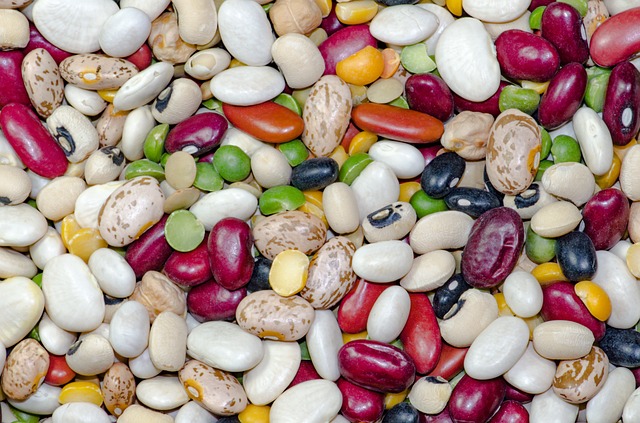Thoughts of sunny days , swim suits and shorts are coming to mind as winter ends and the spring and summer seasons get closer. With that, getting rid of some of those extra pounds is something you may be considering now that sweater season is almost over…
So what if it was as easy as adding something to your plate that made all the difference in weight loss? Let’s take a look at various scientific studies that show that certain beans and legumes—or “pulses” as they are commonly known are the single-most underrated superfood that actually boost weight loss big time.
Study 1
Scientists at Indiana’s Purdue University and Bastyr University in Washington State asked volunteers to consume 30 percent fewer calories than usual, randomly assigning dieters to one of three eating plans. The first plan included 3 cups of beans and lentils, or pulses, per week, the second included nearly 2 cups of pulses a day for women and 3 for men, and the third included minimal amounts of pulses.
After six weeks, all three groups lost weight, but the dieters who consumed the most pulses shed the most pounds. The 3x-weekly bean/lentil eaters lost 7.5 pounds, those on the pulse-loaded diet lost 8.5 pounds, and those with the minimal pulse intake lost just 2 pounds.
Study 2 – Belly Fat Buster
The British Journal of Nutrition, tracked overweight women with high cholesterol who, twice a day for 28 days, received muffins containing either whole pea flour (equivalent to ½ cup of pulses), fractionated pea flour (hulls only), or white wheat flour. At the end of the study, the women who ate the muffins with the whole pea protein powder had the lowest waist-to-hip ratios, indicating that fat was directed away from the waistline.
Study 3
In a study published in the European Journal of Nutrition, 30 obese adults were randomly assigned to one of two calorie-restricted diets for eight weeks. One diet contained no beans or lentils; the other contained four weekly servings of lentils, chickpeas, peas, or beans.
The pulse eaters lost more weight—17 pounds compared to 11—and experienced greater improvements in cholesterol and blood pressure. They also had a greater reduction in C-reactive protein (CRP), a blood marker for inflammation, a known trigger of premature aging, heart disease, type 2 diabetes, and obesity.
Study 4 – A Comparison of a Low Carb Diet to a Fiber Rich Diet
Many of us have heard of the weight loss benefits of cutting carbs. Researchers at Loma Linda University randomly assigned 173 overweight women and men to either a fiber-rich, bean-enhanced diet or a low-carbohydrate diet. Low-carb dieters lost just 2 more pounds over 16 weeks, but only the bean eaters experienced reductions in LDL cholesterol. The heart protective effects were maintained one year later.
Summary
Beans are one of the most under eaten foods in our society, even though they have been proven to have positive health effects and are cheap to purchase.
A serving of beans will help you feel full more quickly, because the rich fiber content fills your stomach and causes a slower rise in blood sugar.
Simply eating more fiber — 30 grams per day — helps with weight loss, even if you aren’t sticking to a strict diet, according to an Annals of Internal Medicine study published February 2015. And protein also helps you shed pounds. It boosts satiety — so you feel more satisfied after a high-protein meal — and it’s relatively hard to break down, so you burn more calories during digestion.
So what are you waiting for? Here are some ideas to get more beans into your diet now…
Serving Beans in a Weight-Loss Diet
Keep canned beans on hand for convenient, weight-loss-friendly meals. Use hummus in place of mayo on your sandwiches, add a handful of black or kidney beans to vegetable soups or top your salads with a serving of chickpeas.
Read Labels
All beans are not created equal, so make sure if you eat them to get informed by reading the labels. The specific amount of protein and fiber you’ll get per serving depends on which type of bean you choose. A cup of boiled soybeans, for example, has 31 grams of protein and 10 grams of fiber. A 1-cup serving of boiled black beans has 15 grams each of fiber and protein, while an equivalent serving of canned kidney beans has 13 grams of protein and 11 grams of fiber.
Whatever beans you choose, the benefits are proven to be worth it so what are you waiting for?
To receive similar content, “Like” us on Facebook @ https://www.facebook.com/niagarabuzz.ca











